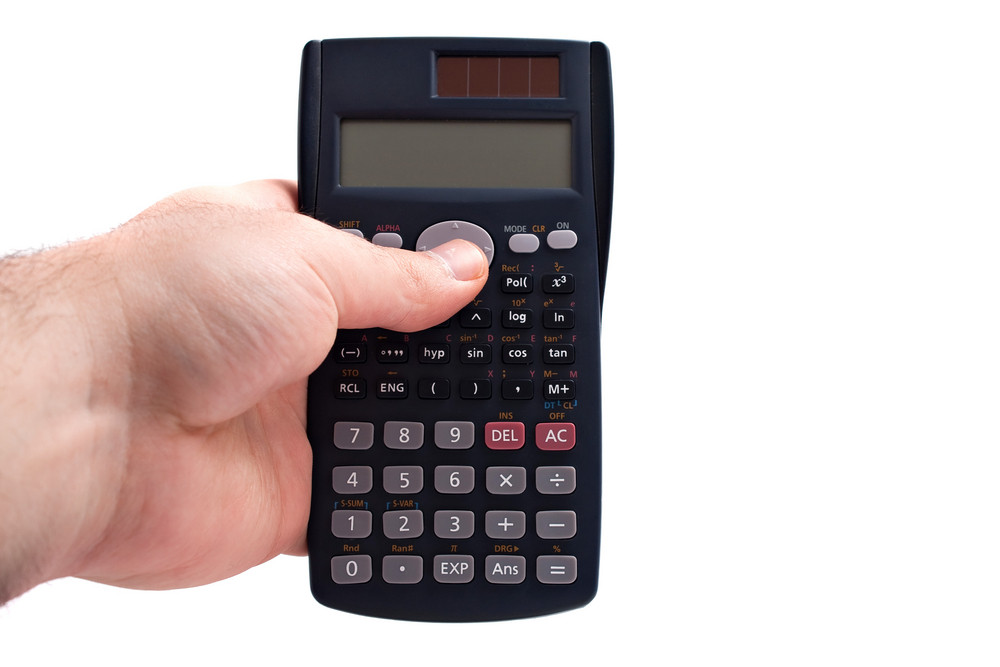
A Certificate of Deposit (CD) is a popular savings tool that can offer a higher interest rate than a regular savings account in exchange for keeping your money locked in for a fixed period. If you’re considering adding a CD to your financial portfolio, here’s everything you need to know about how they work, the benefits they offer, and what to consider before investing.
How a CD Works: When you open a CD, you agree to deposit a specific amount of money for a predetermined term, which can range from a few months to several years. In return, the bank or credit union pays you a fixed interest rate, which is usually higher than that of a regular savings account. At the end of the term, you receive your initial deposit back along with the accrued interest.
Types of CDs:
- Traditional CD: The most common type, offering a fixed interest rate for a set term.
- Jumbo CD: Requires a larger minimum deposit, typically $100,000 or more, but offers higher interest rates.
- Bump-Up CD: Allows you to increase your interest rate once during the term if rates rise.
- Liquid CD: Provides the flexibility to withdraw a portion of your funds without penalty before the term ends.
- Brokered CD: Sold through brokerage firms and can be traded on the secondary market, offering potentially higher returns but with increased risk.
Benefits of Investing in a CD:
- Safety: CDs are a low-risk investment, as they are typically insured by the Federal Deposit Insurance Corporation (FDIC) up to $250,000 per depositor, per bank.
- Predictable Returns: The fixed interest rate ensures you know exactly how much you’ll earn by the end of the term.
- Diversification: Adding CDs to your investment portfolio can help balance higher-risk investments like stocks.
Considerations Before Investing:
- Penalty for Early Withdrawal: Most CDs impose a penalty if you withdraw funds before the term ends. It’s crucial to ensure you won’t need the money during the CD’s term.
- Interest Rate Comparison: Compare rates from different banks and credit unions to find the best deal. Online banks often offer higher rates than traditional brick-and-mortar institutions.
- Inflation Risk: If inflation rates rise significantly, the fixed interest rate on a CD might not keep up, reducing your purchasing power.
To estimate your potential earnings, use a CD calculator. This tool helps you input different variables like deposit amount, interest rate, and term length to see how much interest you can earn.
In summary, CDs are a secure and predictable investment option, ideal for those looking to earn a higher return than a regular savings account without taking on significant risk. By understanding how CDs work and considering your financial goals, you can make an informed decision and potentially enhance your savings strategy.


